Electric Heating Reactor | JCT Machinery
 Mar 12,2024
Mar 12,2024

 JCT
JCT
Why choose electric heating reactor?
The electric heating reactor has the characteristics of rapid heating, high temperature resistance, corrosion resistance, hygiene, no environmental pollution, no need for autoomatic boiler heating, easy use and low price. It is widely used in chemical, pharmaceutical, food and other industries. The material is often stainless steel.
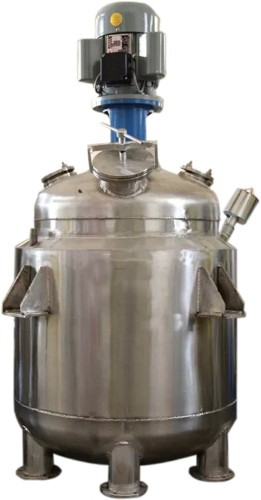
Types of Electric Heaters for Reactors
1. Thermal Oil Electric Heater
One is to use a flange-type tubular reactor electric heater. Its electric heating element is inserted upside down in the reactor jacket to heat the thermal oil, which can effectively transfer heat energy to the chemical raw materials in the reactor to achieve the required temperature to meet the reaction requirements. Its maximum operating temperature can reach 350℃.
2. Heating Furnance Equipped with High-temperature Electric Heating Tube
For reactors with design temperatures ≤350℃, heating furnances that use high-temperature electric heating tubes as heating elements are most recommended. Similar to a spring heating coil, this high-temperature electric heating tube is in direct contact with the outer wall of the kettle for heat transfer. It has high heating efficiency, fast temperature rise and short relaxattion time. Compared with spring heating coils, this high temperature electric heating tube can withstand higher temperatures and therefore can be used in closed heating furnaces with insulation layers.
3. Ceramic Heater
For reactors with a design temperature of ≥400℃, it is usually necessary to use a ceramic heater as the heating element of the heating furnance. In this specially constructed heating element, the resistance wire is embedded in a formed ceramic block and then covered by a metal shell to form a cylinder. This heating element can withstand body temperatures >750℃ and has a long service life. However, since heat transfer is carried out through ceramic blocks, this heater has a long relaxation time and large thermal inertia, and is not suitable for heating and temperature control in medium and low temperature environments below 150℃.
4. Far-infrared Reactor Electric Heater
The electric heater wraps the bottom and middle and lower parts of the reactor for heating. Since this type of equipment has the characteristics of large heating area, stable and fast temperature rise, uniform heat release, and xonvenient temperature control, it can be controlled in upper, middle and lower sections, making the temperature of the inner wall of the reaction kettle easy to control. It is worth noting that the far-infrared reactor electric heater has no side effects on the fuel in the kettle, and will not cause carbonization of the materials. Moreover, it operates noiselessly, pollution-free, has a long service life, and the energy-saving effect is very significant.


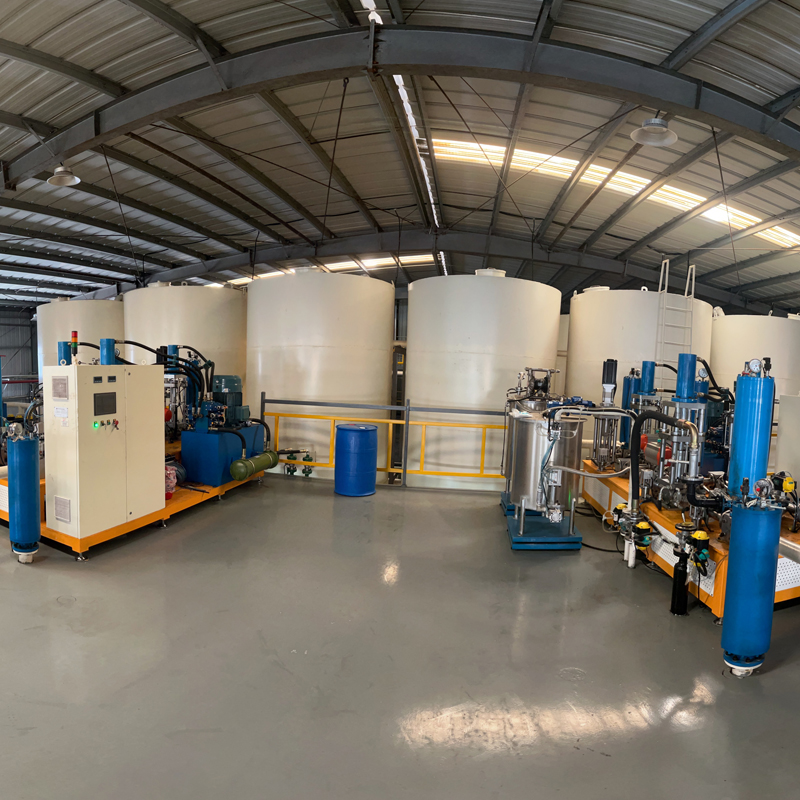
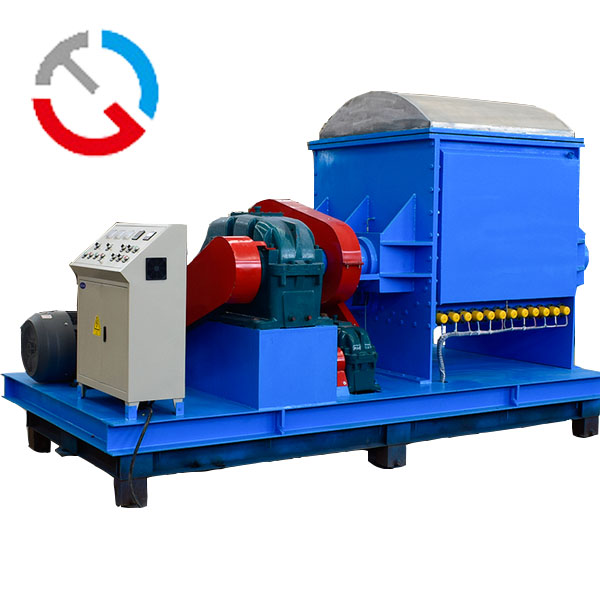
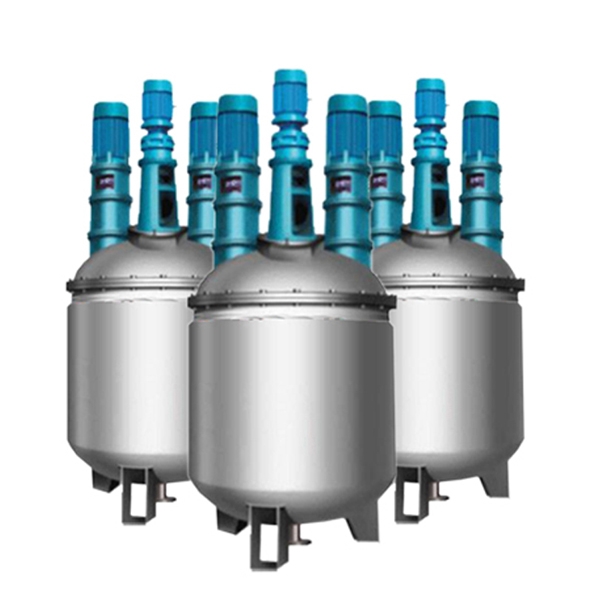
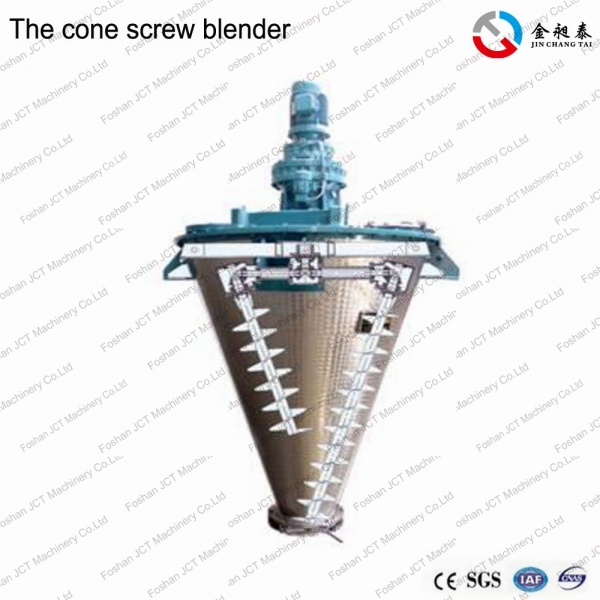


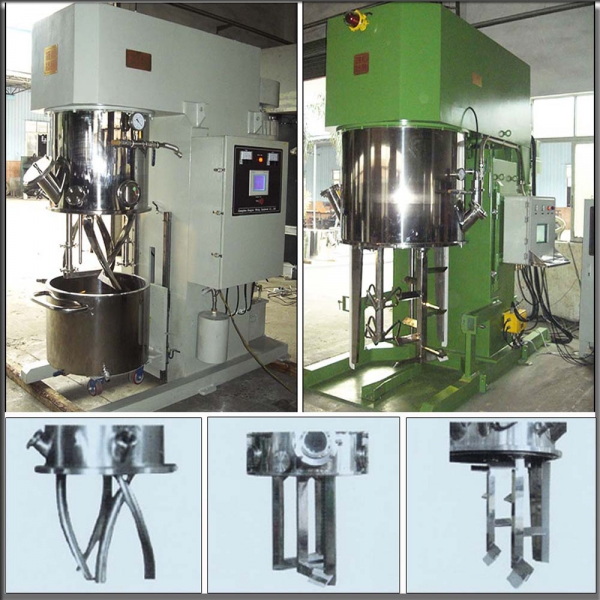





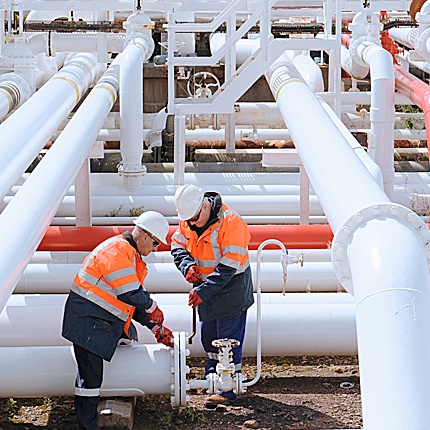

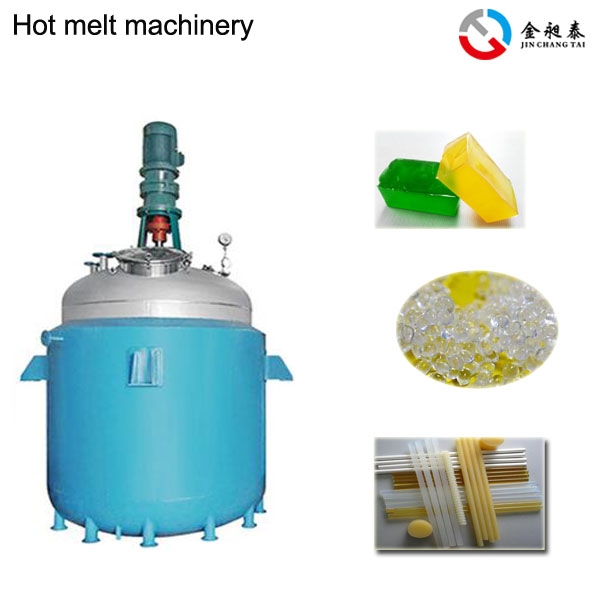
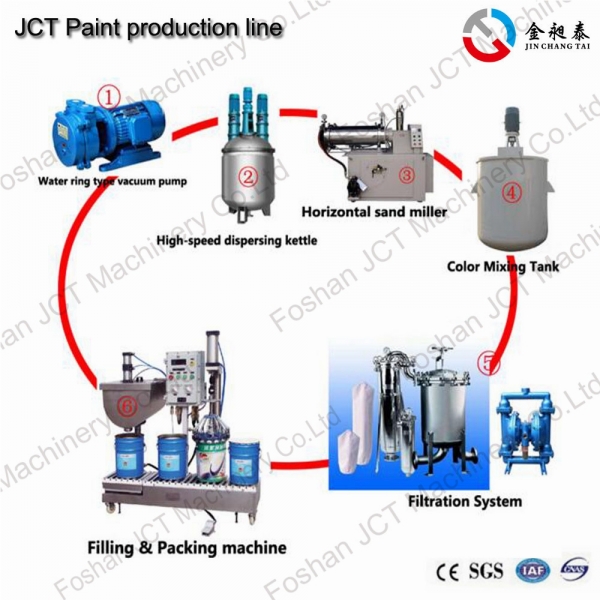
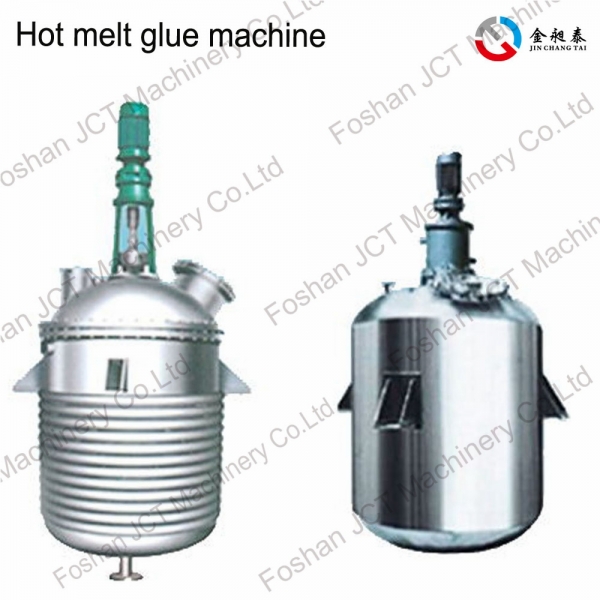
 CN
CN
 HOME
HOME Paint Production Line Machine | JCT Machinery
Paint Production Line Machine | JCT Machinery  You May Also Like
You May Also Like
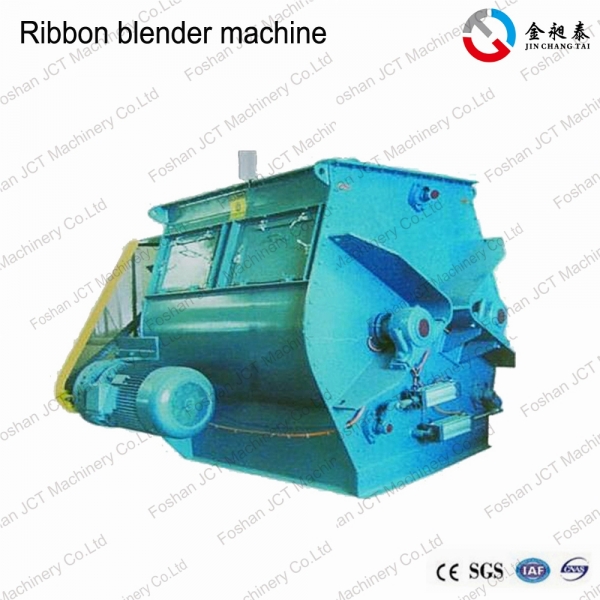

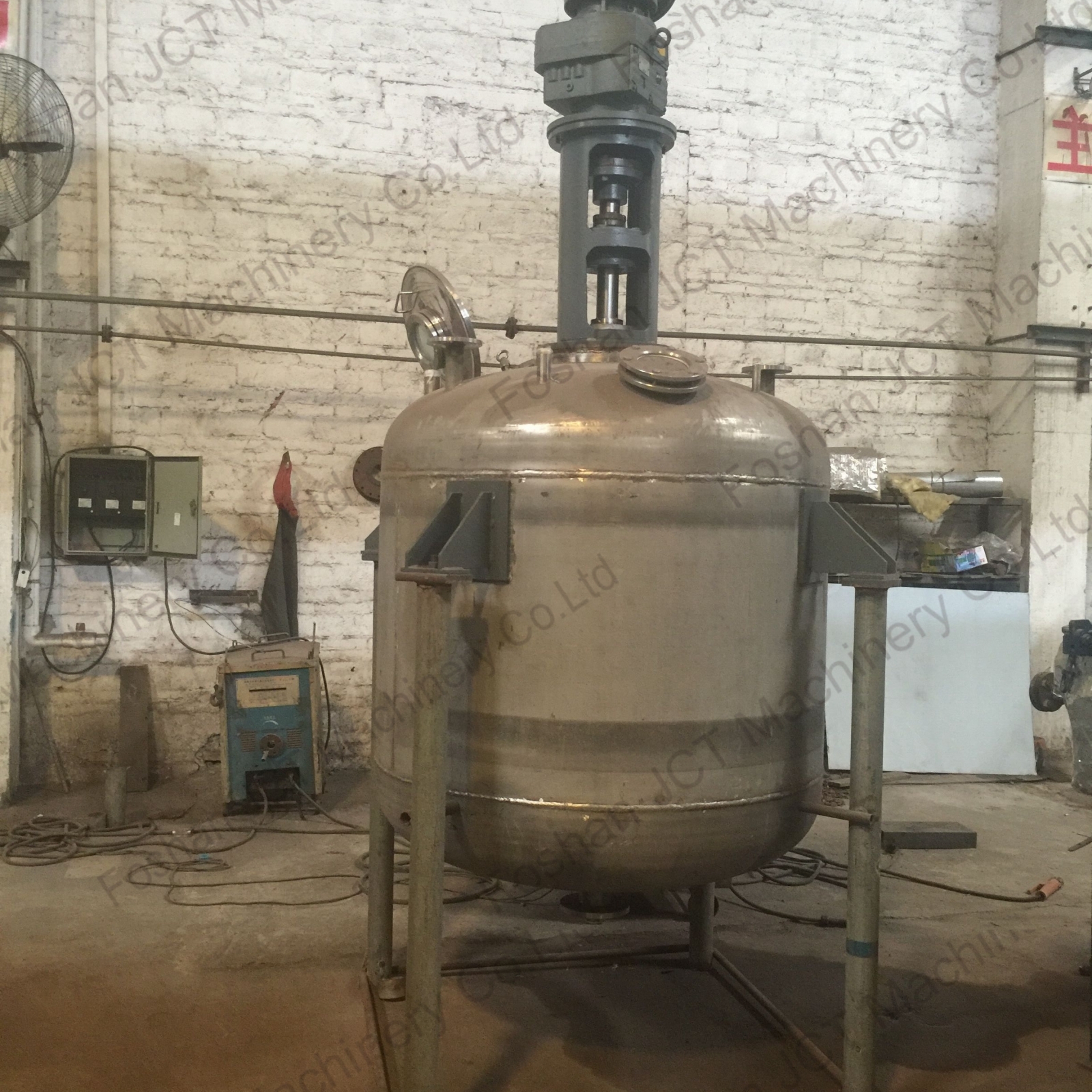
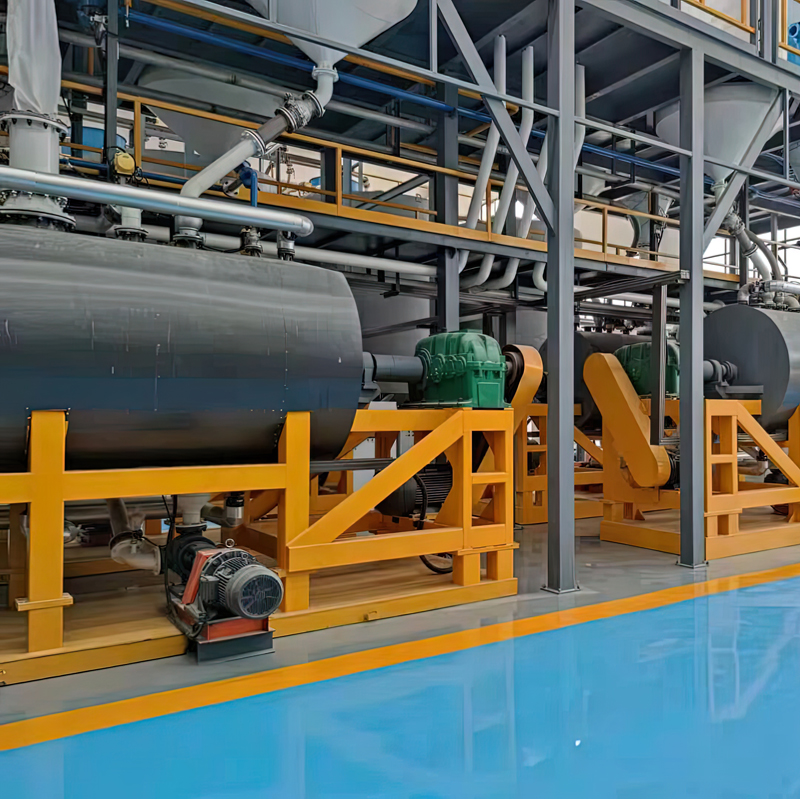
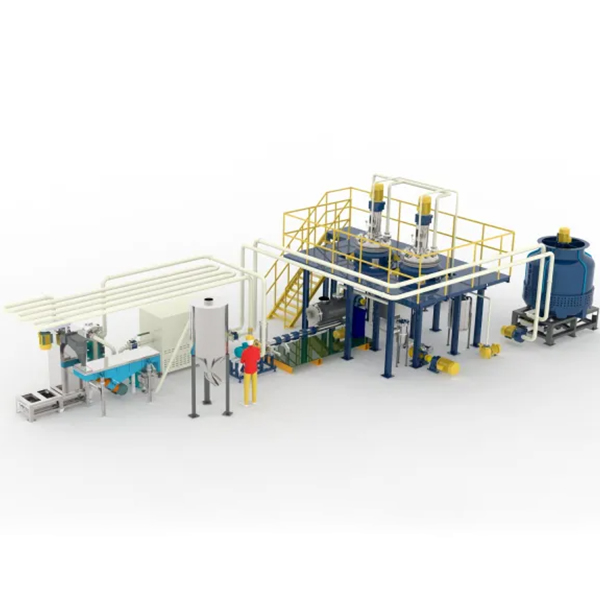

 Tel
Tel
 Email
Email
 Address
Address










